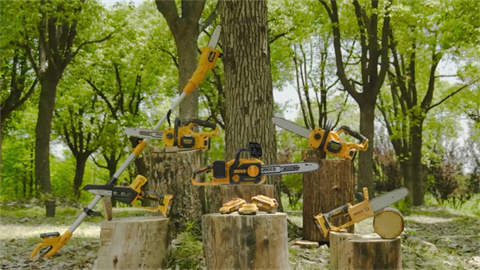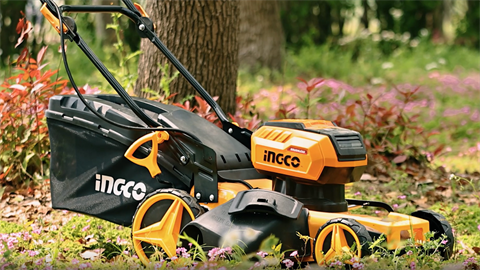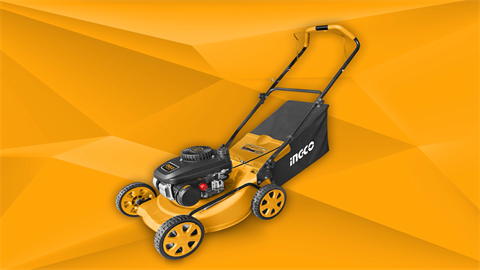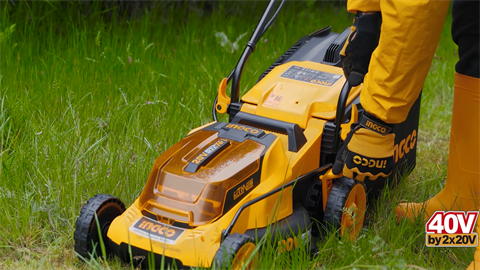How to Start the Lawn Mower Easily?
A well-maintained lawn begins with understanding the basics of operating your lawn mower. From locating the key components to performing the correct starting sequence, mastering how to start the lawn mower is the first step towards achieving a pristine lawn. This article will provide clear steps on starting your lawn mower and address common starting issues to ensure your lawn care routine remains uninterrupted.
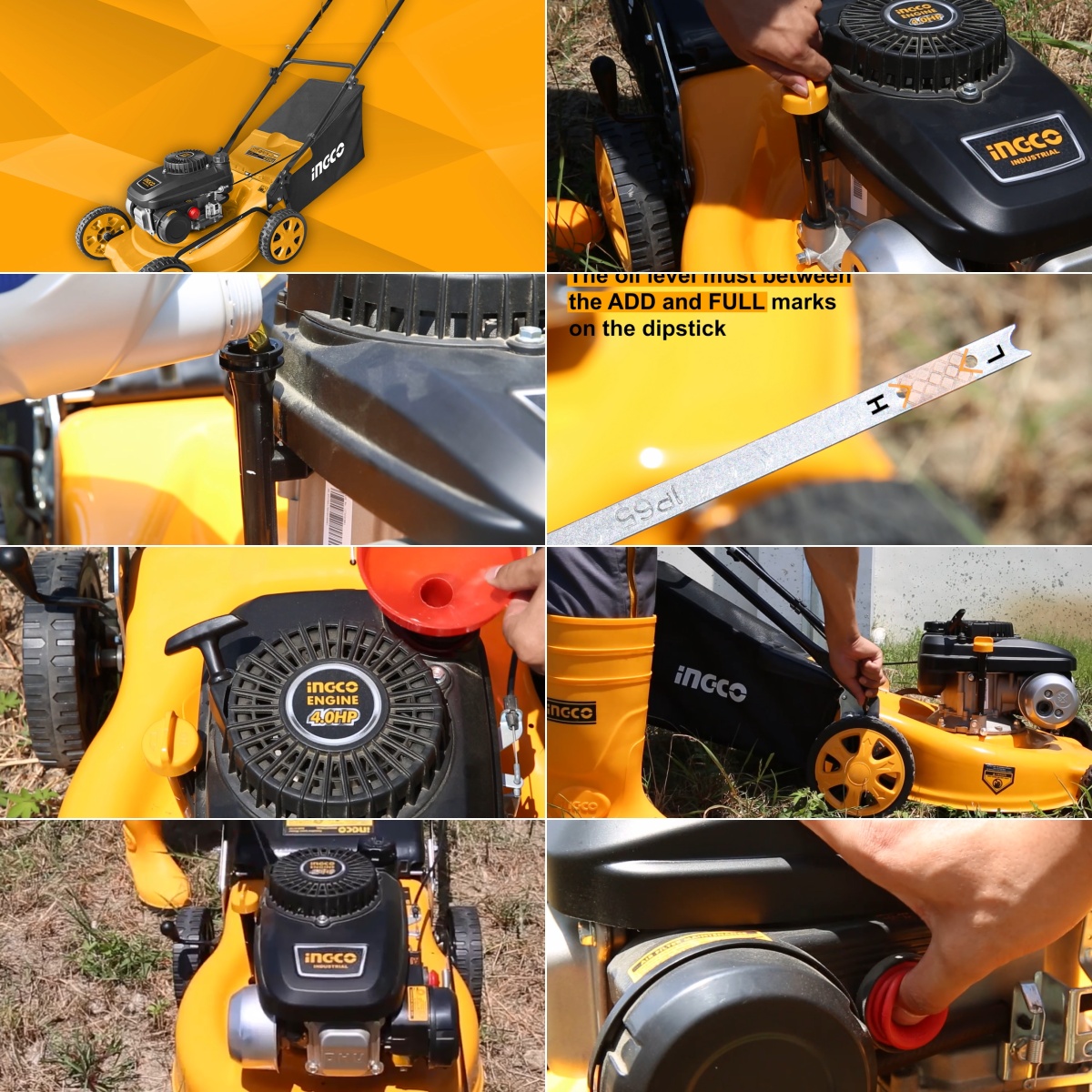
How Do You Start a Lawn Mower?
Starting a lawn mower might seem daunting, but following these simple steps will ensure your mower starts smoothly every time.
Make Sure My Mower Has Gas and Oil
Before attempting to start your mower, check that it has sufficient gas and oil. Locate the gas tank cap and fill the tank with fresh gasoline. Next, check the oil level by removing the dipstick from the oil reservoir, wiping it clean, reinserting it, and then removing it again to see the oil level. If it’s low, add the appropriate oil for your mower model.
Check the Spark Plugs
Locate the spark plug wire, usually at the front or side of the mower's engine. Remove the spark plug cap and use a spark plug wrench to remove the plug. Inspect it for any signs of wear or damage. If dirty or damaged, clean it or replace it with a new one. Reattach the spark plug and ensure it's securely in place.
Fill the Carburetor with Oil
Although filling the carburetor with oil is not a standard step for most mowers, ensuring your carburetor is in good condition is essential. If your mower has a primer bulb, press it several times to ensure fuel is flowing into the carburetor. This step primes the engine for a smooth start.
Open the Throttle
Locate the throttle lever on your lawn mower, which is typically found on the handle or the engine body. Adjust this lever to a middle or high setting. This step is crucial because if the throttle is not set correctly, the engine may start but fail to continue running.
Pull the Starter Cord
Stand firmly behind your mower, place one hand on the handle, and with the other hand, pull the starter cord briskly. You may need to pull it several times before the engine catches. Once the engine starts, adjust the choke and throttle as necessary to keep the mower running smoothly.
Troubleshooting Common Starting Issues
Lawn mowers can encounter various issues that prevent them from starting. Here are some common troubleshooting steps:
Check the Carburetor
A flooded or clogged carburetor can prevent your mower from starting. Let the mower sit for about 15 minutes to allow any excess fuel to evaporate. If the problem persists, clean the carburetor thoroughly to ensure fuel is flowing correctly.
Check for Old Gas
Old gas can degrade and cause starting issues. If the gas in the tank is old, siphon it out and replace it with fresh fuel. Adding a fuel stabilizer can also help maintain the fuel quality.
Check for Spark Plug Problems
Inspect the spark plug for any debris, corrosion, or damage. Clean it with a wire brush and brake cleaner. If the spark plug is heavily soiled or damaged, replace it with a new one. Ensure it is properly gapped and securely installed.
Clear the Discharge Chute
Grass clippings and debris can clog the discharge chute, impeding the mower's operation. Remove any blockages and clean the chute thoroughly to ensure proper airflow and discharge of grass clippings.
Check If the Starter Is Stuck
Your lawnmower's starter is the rope that has a handle. If pulling is tough, there's a chance that grass has jammed the blade. To avoid accidental starting, first detach the spark plug by carefully removing the rubber hose from the metal attachment. After flipping the lawnmower over, carefully clean the blade region of any debris. After cleaning the debris, if the starter still won't come on, get help from a mechanic.
Examine Your Lawnmower If It Is Smoking
If the lawnmower emits smoke, it could be due to oil leaks or overfilled oil. Check the oil level and ensure it is within the recommended range. Inspect for any leaks and clean or replace the air filter if it is dirty.
Change the Mower Height If You Lose Power While Mowing
If the mower loses power during operation, the cutting height might be set too low, causing the engine to struggle. Raise the cutting height to reduce the strain on the engine, allowing it to run more smoothly and efficiently.
If your current mower frequently encounters these issues, it might be time to upgrade to a more reliable model. The INGCO lawn mower is designed for durability and ease of use, significantly reducing the likelihood of starting problems. Its advanced engineering ensures that troubleshooting is kept to a minimum, allowing you to focus more on maintaining a pristine lawn rather than dealing with constant mower issues.
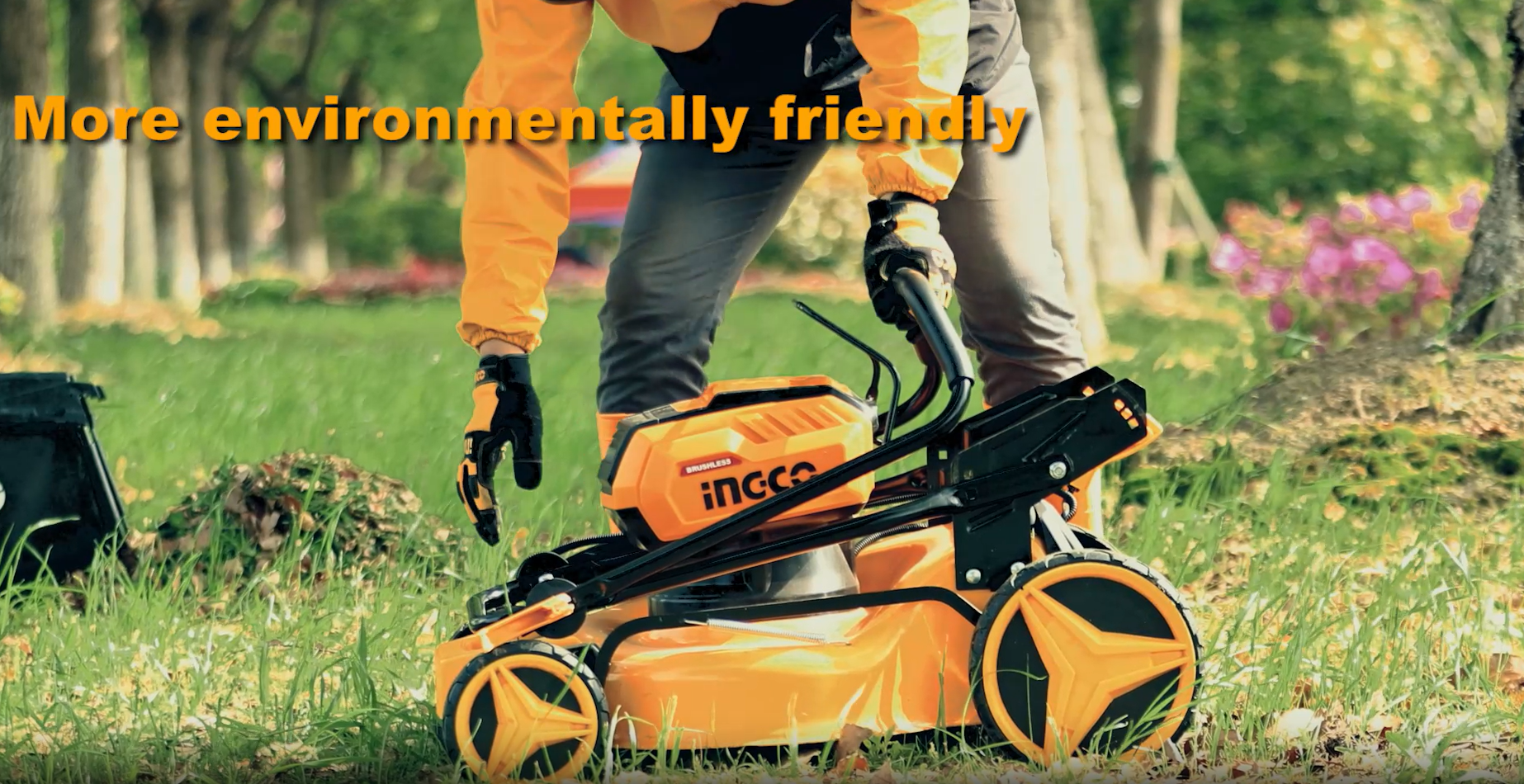
Conclusion
Knowing how to start the lawn mower and troubleshooting any starting issues can be straightforward with the right knowledge. Ensuring your mower is in top shape involves regular maintenance and understanding common problems like spark plug issues or stale fuel. With these tips, you'll keep your mower running smoothly, making yard work more efficient and less frustrating. Keep your mower in good condition to ensure a beautiful, well-maintained lawn.
FAQs
What Safety Precautions Should I Take When Starting My Mower?
Before starting your mower, ensure the area is clear of debris, wear appropriate protective gear (like gloves and safety glasses), check the mower for damage or loose parts, and make sure the fuel cap is securely tightened. Always start the mower on a flat surface and keep children and pets at a safe distance.
What Should I Do If the Starter Cord Is Hard to Pull?
If the starter cord is hard to pull, check for obstructions in the blade area, ensure the mower is on a flat surface, and verify that the engine brake is engaged. Inspect the starter mechanism for wear or damage and consult the user manual for troubleshooting tips. If the problem persists, seek professional repair assistance.

